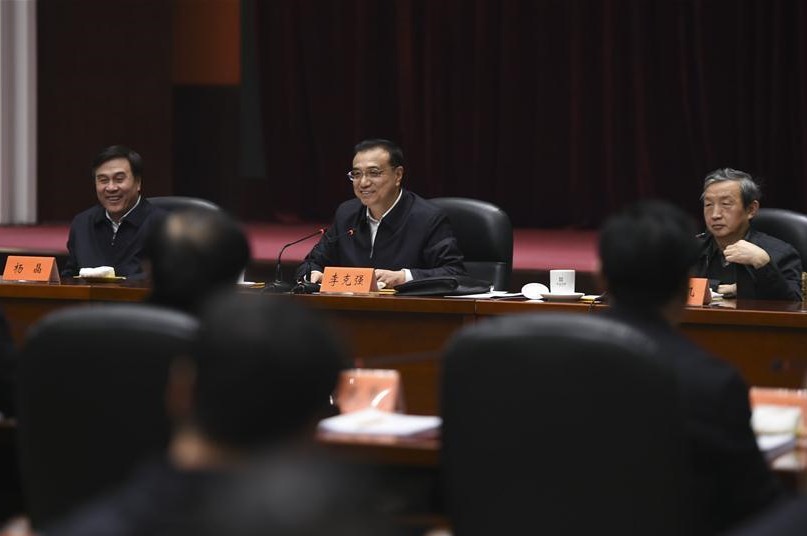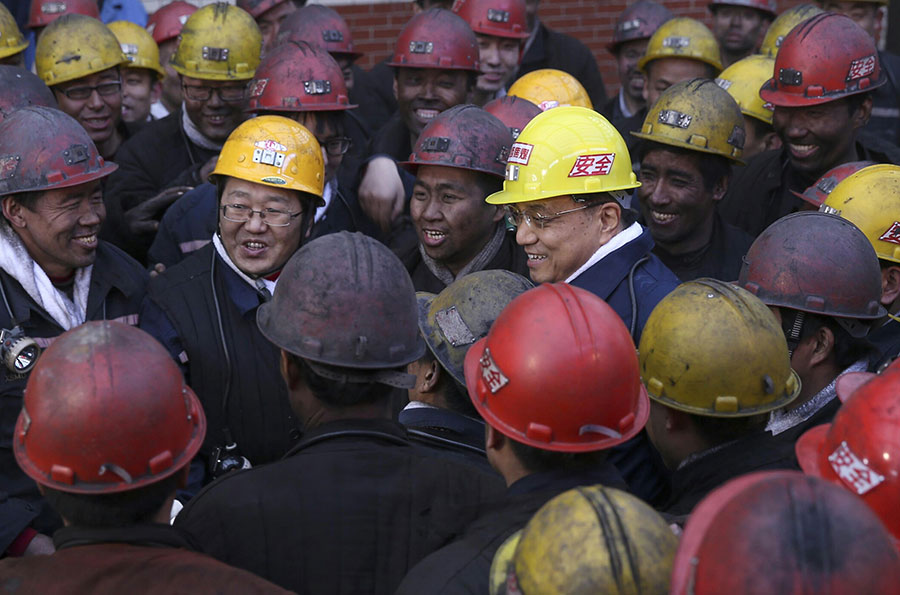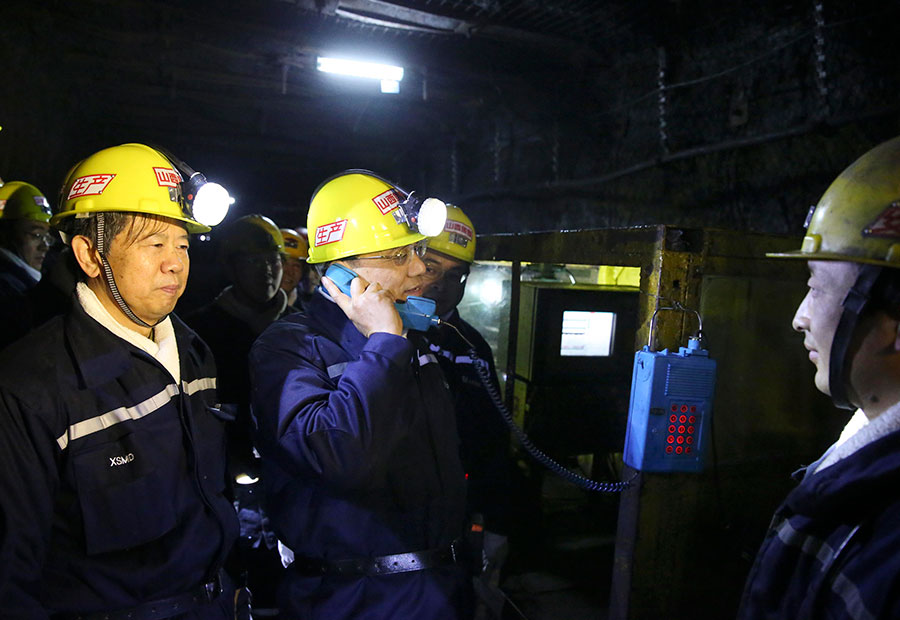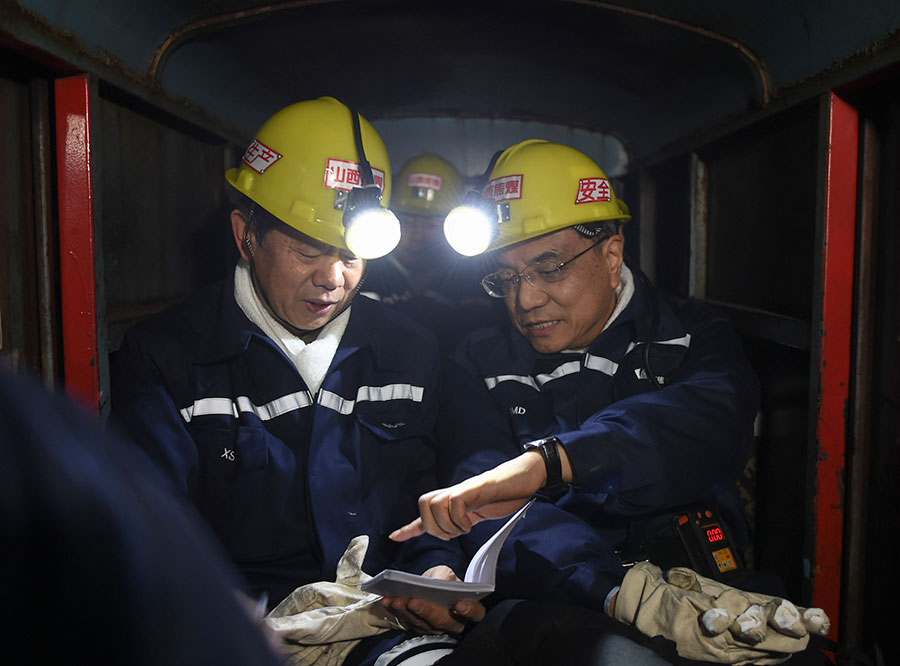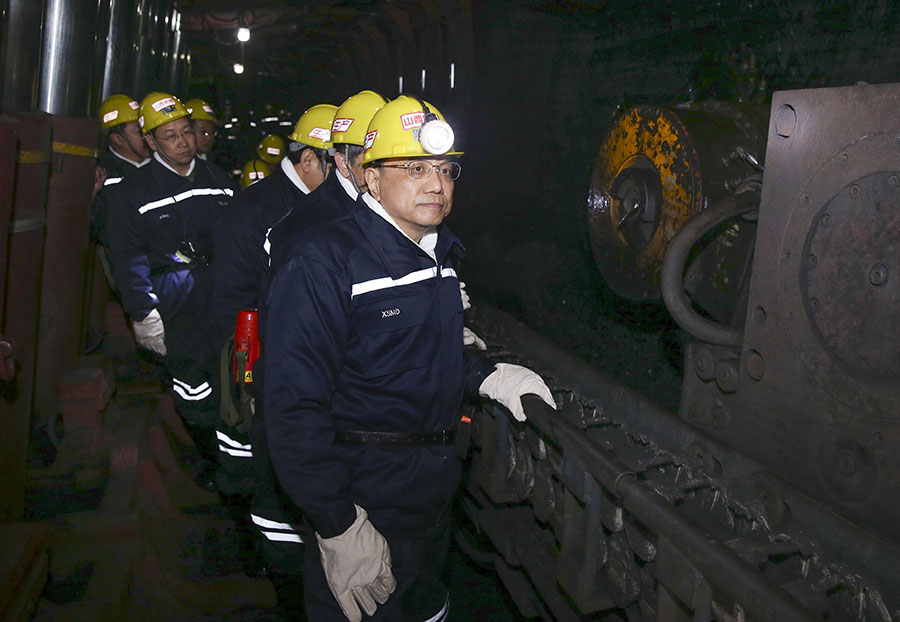Rise seen in dependence on foreign oil
Source: www.chinamining.org Citation: Global Times Date: January 27, 2016
|
|
| An employee works at a gas station in Altay, Northwest China`s Xinjiang Uyghur Autonomous Region on January 13. Photo: CFP |
While 2015 continued to see relatively slow growth in China`s oil consumption, the country`s dependence on imported oil exceeded the 60 percent mark for the first time in history, a research institute under China National Petroleum Corp (CNPC) said Tuesday.
China`s net imports of foreign crude oil reached 328 million tons in 2015, up 6.4 percent from the previous year, according to an annual report released on Tuesday by CNPC Economics & Technology Research Institute (ETRI). The growth rate was up 0.6 percentage points from 2014.
The apparent consumption of crude oil in the country climbed to 543 million tons in 2015, up slightly by 25 million tons from a year earlier, it said.
Excluding newly added oil reserves and inventory factors, China imported 60.6 percent of its total actual consumption of crude oil last year, the report noted, a development experts mainly attributed to the low global oil prices over the past year.
Building reserves
"China`s oil consumption did not see significant growth last year, so the increased dependence on foreign oil may have something to do with the decreased oil supply from domestic producers," Han Jingyuan, an oil analyst at JYD Online Corp, a Beijing-based e-commerce platform for commodities, told the Global Times on Tuesday.
For instance, Daqing Oilfield, a subsidiary of CNPC and China`s largest inland oil field, slashed its 2015 output target to 38.5 million tons, with the goal of lowering annual output to 32 million tons by 2020, the Xinhua News Agency reported in December 2014. The oil field`s 2014 output totaled more than 40 million tons.
"Slumping oil prices is a major factor behind oil producers` decision to cut output," Han noted. "If the declining trend continues, more Chinese companies are likely to cut production to cope with the sluggish oil prices this year."
Global crude oil prices have fallen heavily from a peak of $120 per barrel recorded in June 2014.
In early trading on Tuesday, US crude fell more than 3 percent to about $29 per barrel.
China has also been taking advantage of the low oil prices to build up its strategic petroleum reserves (SPR), another reason behind the increased dependence on foreign oil, according to Lin Boqiang, director of the Center for Energy Economics Research at Xiamen University.
As of mid-2015, China had built eight SPR sites, double the number announced in November 2014, the National Bureau of Statistics said in December 2015. These sites, along with some commercial storage tanks, can hold a combined 26.1 million tons of crude oil.
"As long as oil prices remain low, it makes perfect sense for China to continue building its SPR by purchasing cheap oil," Lin told the Global Times on Tuesday.
China`s dependence on imported oil may rise further this year.
According to the CNPC ETRI report, China`s apparent consumption of oil is expected to grow 4.3 percent year-on-year to 566 million tons in 2016, and net imports of crude oil are estimated to reach 357 million tons, up 7.3 percent year-on-year. This would mean dependence on foreign oil rising to 62 percent, it forecast.
Cooling M&As
While low oil prices may have facilitated China`s oil imports last year, they could also be blamed for the cooling trend in overseas mergers and acquisitions (M&A) by Chinese energy companies during the same period, experts noted.
"Given the current oil price levels, now is not a good time for overseas investment," Wang Yumin, a research fellow at Morning Whistle Group, a Shanghai-based provider of M&A information, told the Global Times on Tuesday.
According to Lin, Chinese oil companies are in a difficult situation as they stand to lose money for each barrel they produce, so they may focus more on cost-cutting instead of overseas expansion.
Last week, China National Offshore Oil Corp (CNOOC), China`s leading gas and oil supplier, announced a cut in its oil and gas output target for 2016.
On Monday, Standard & Poor`s Ratings Services lowered its rating on CNOOC, saying that the company "is taking various measures to preserve its cash flow in the currently depressed price environment, including cutting back capital expenditures and costs, but such measures are not enough to stabilize its cash flow adequacy."
About CHINA MINING
Since first held in 1999, the scope and influence of CHINA MINING has grown rapidly year by year. As a global mining summit forum and exhibition, CHINA MINING Congress and Expo has become one of the world’s top mining events, and one of the world’s largest mining exploration, development and trading platforms, covering all aspects of the whole mining industry chain, including geological survey, exploration and development, mining rights trading, mining investment and financing, smelting and processing, mining techniques and equipment, mining services, etc. playing an active promotion role in creating exchange opportunities and enhancing mutual cooperation between domestic and foreign mining enterprises.
CHINA MINING Congress and Expo 2016 will be held at Meijiang Convention and Exhibition Center in Tianjin on September 22nd -25th, 2016. We invite you to join the event and to celebrate the 18th anniversary of CHINA MINING with us. For more information about CHINA MINING 2016, please visit: m.balanzskin.com.



